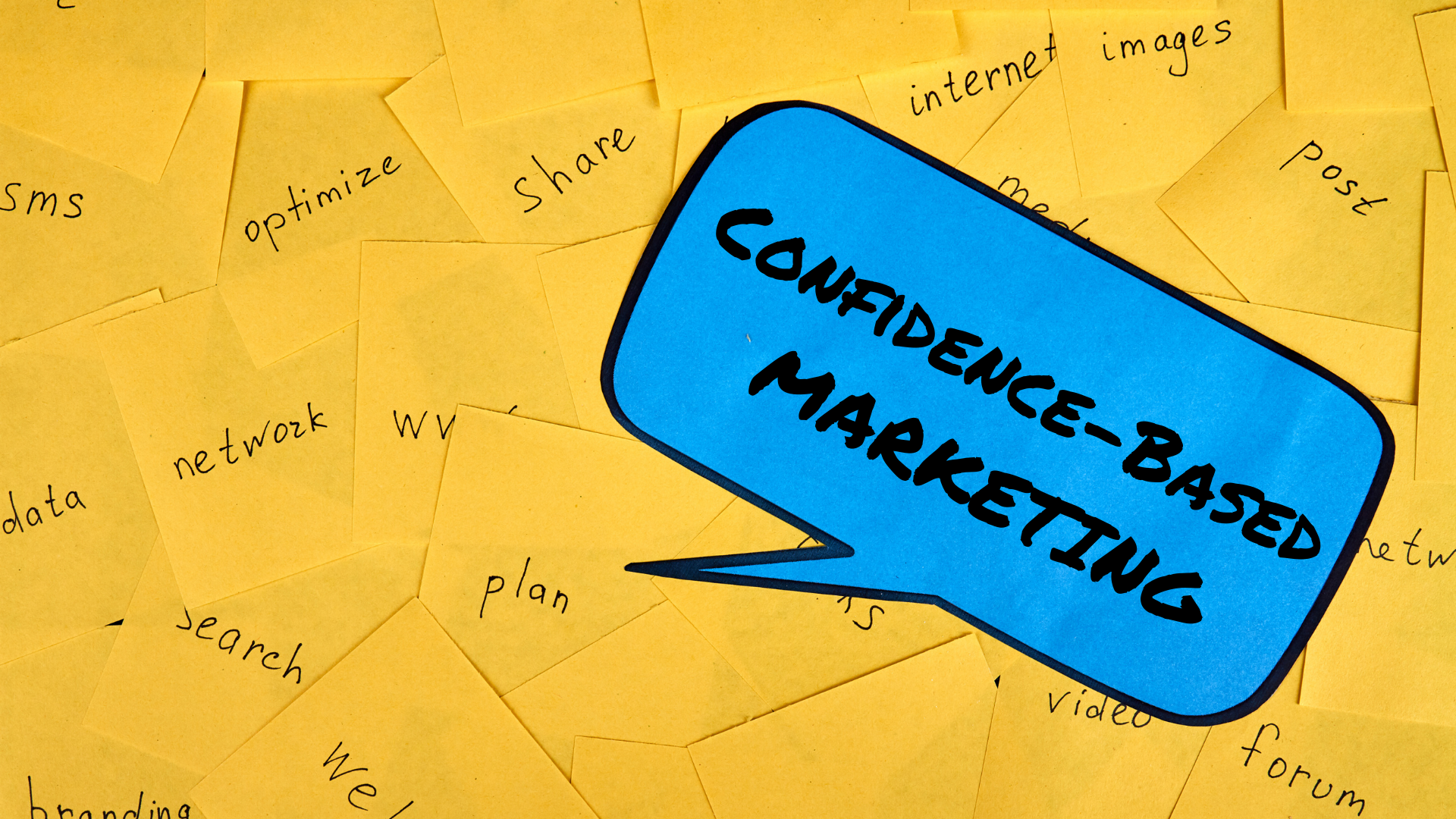Confidence based marking is also called certainty based marking or CBM. This marking system makes us think and learn before answering any question. It also provides assessment that is more reliable.
What is CBM?
After each answer, you have to indicate your degree of certainty that your answer will be marked as correct.
- After each answer, you have to say how sure you are that your answer will be correct
- This follows 3-point scale: C=1 (low), C=2 (mid) or C=3 (high)
- This theory does not rely on words like ‘sure’ or ‘very sure’ because these mean different to different people
Certainty level | C=1 | C=2 | C=3 | No response or ‘No Idea’ |
Mark if correct | 1 | 2 | 3 | (0) |
Mark if wrong | 1 | -2 | -6 | (0) |
Probability correct | Less than 67% | 67-80% | More than 80% | – |
Description | Unsure | Mid | Quite sure | – |
- Certainty level 1,2,3 will give you 1,2,3 marks respectively when you’re correct
- And if you are wrong, then unless you opted for C=1 you will lose marks: -2 at C=2 and -6 at C=3
Why to use confidence based marking?
-
To make students think before answering the answer
-
To make sure the answer is more reliable
-
To encourage students to understand the topic, rather than simply marking an answer
-
It will help students to gain confidence
-
A confident and thoughtful answer deserves more marks than a lucky hunch
-
Students will think before answering the particular question because of the negative marking
How to decide on best confidence based marking?
-
If you are sure, obviously you should go with C=3. But, if by any chance you’re wrong you will lose twice over (-6)
-
If unsure, you should avoid any risk by just choosing C=1
-
In between, it is much safe to use C=2: you gain two or lose two depending on whether you are right.
CBM encourages honesty from the students. It gives more marks to answers that are more confident and vice versa. This approach means students are likely to lose marks if they are unsure.
Certainty Based Marking (CBM) offers a more safeguarded approach to employee learning for organizations. It helps employees to learn in a more comprehensive and rounded way for being selected– and thus it helps workforces to become more highly and broadly skilled.
Assume the new hires in your sales team go through a training course on the company’s products that will soon to be launched in the open market. At the end of the course, they have to undergo test, which consist multiple-choice questions (MCQs).
Now, some of your new hires might be really sure about what they answers because they have gained proper knowledge and are ready to apply their knowledge on what they have learned at the workplace. A few others may not be that sure and they might use guesswork to get the answers right. Learners might secure similar scores but that does not mean all of them are capable of getting the job.
How then do you differentiate between these? Confidence-based assessments can take care of that by eliminating guesswork and integrating. This way you can appoint a well-trained employ.







